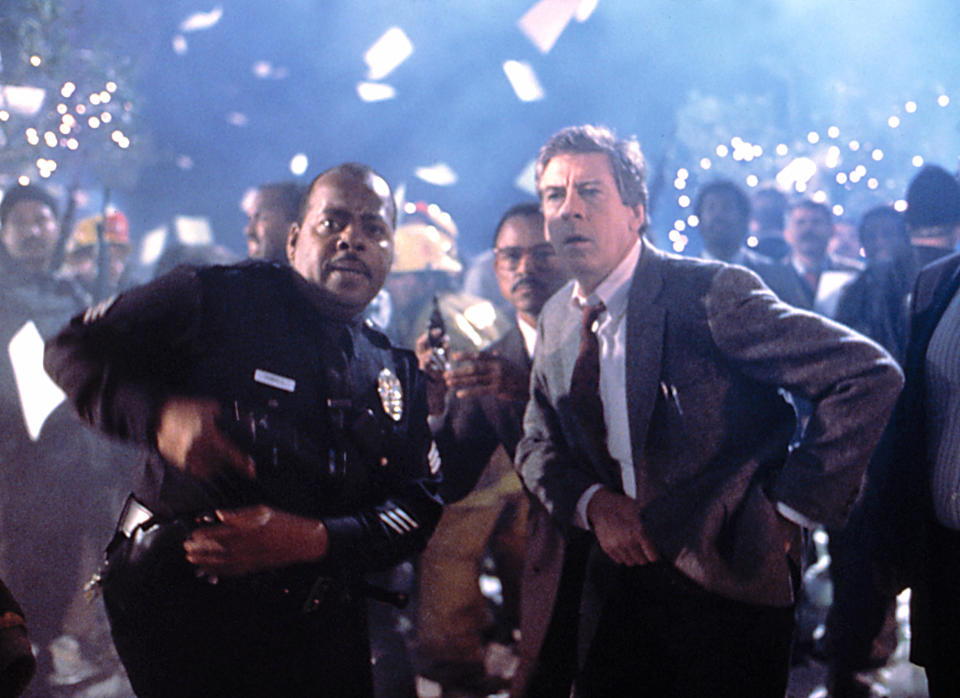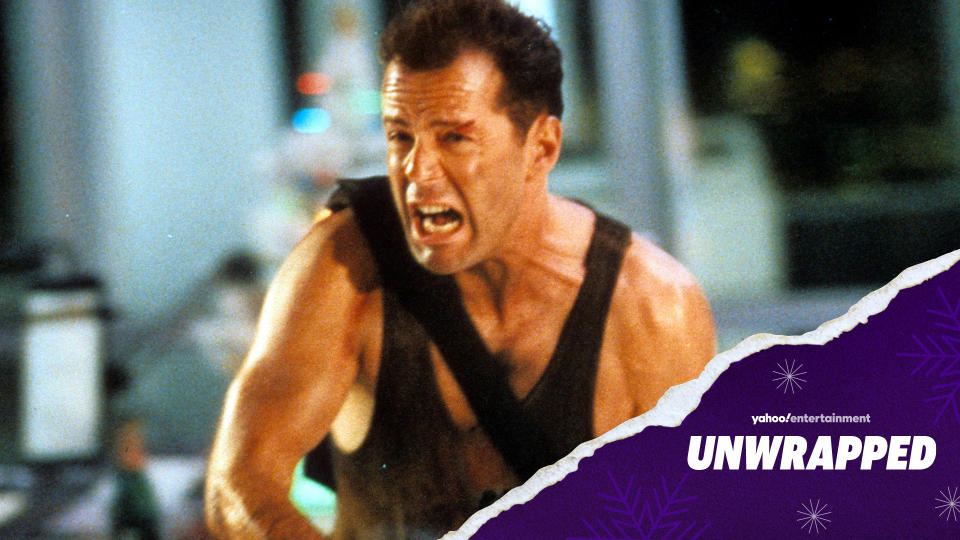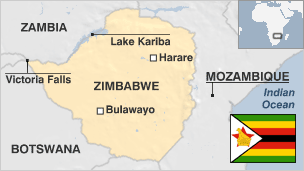Debating Die Hard’s status as a Christmas movie belongs on the long list of holiday traditions that includes stuffing stockings and roasting chestnuts on an open fire. In 2018, Bruce Willis — the star of the 1988 action classic — attempted to settle the matter once and for all, declaring “Die Hard is not a Christmas movie!” at his 2018 Comedy Central roast. Given the setting, though, it’s fair to assume that he might have been joking.
Speaking with Yahoo Entertainment in 2020, Die Hard‘s cinematographer, Jan de Bont, revealed that he shared Willis’s opinion. “I’m not sure if the spirit of Christmas is fully embraced by that movie, to be honest,” the director of blockbusters like Speed and The Haunting said. “To really call that a Christmas movie — it’s a little far-fetched.”
[embedded content]
At the same time, De Bont admitted that the spirit of Christmas was definitely felt on the Die Hard set, in large part because the commenced production took place in Los Angeles during the 1987 holiday season. “We were filming around Christmastime in the winter, and it was freezing cold,” he remembered. And then, of course, there’s the action itself, which unfolds on Christmas Eve and involves New York cop John McClane (Willis) taking on an army of terrorists who rudely interrupt the Nakatomi Corporation’s annual holiday party.
De Bont remembered that Die Hard director, John McTiernan, added to the festive atmosphere by playing lots of Christmas music on set. He also staged holiday-themed visual jokes like the final scene where reams of paper float down from the skyscraper like snowflakes falling to the ground. Moments like that are why De Bont doesn’t take offense at those who insist that Die Hard qualifies as a Christmas movie, even if he doesn’t agree. “I totally get it — it’s so funny,” he says of the never-to-be-resolved debate.


One aspect of the Die Hard discourse that De Bont is completely on board with is the oft-made argument that the film reinvented the art of the action movie at a key moment in Hollywood history. “At that time, action had become so generic, and there was nothing fresh about it anymore,” he said of the action movies the major studios had been churning out pre-Die Hard. “By doing everything on location, and using that building as a real set and a real character, it added to the tension and increased the reality in a huge way.”
Working alongside McTiernan, De Bont — who got his start in the Dutch film industry before moving to America in the early 1980s — helped establish a template for on-screen action that defined Hollywood blockbusters for the next two decades. “We wanted to use real stuff, and make people feel like they were on the 34th or 46th story of a building,” he said. “We used the low ceilings, instead of building a set and making the environment bigger to accommodate us.”
[embedded content]
As the director of photography, De Bont made a point of keeping the camera close to the action. “A lot of it is shot handheld, and the camera goes along with the actors,” he recalled of how he and McTiernan choreographed McClane’s desperate one-man war. “That wasn’t just to show off our style — it was about making the camera a participating element in the movie. I think that’s why audiences like the movie so much: They always feel like they’re a part of the action.” According to De Bont, audiences like being part of the action much more than Willis did.
“In the beginning, Bruce didn’t want to do [the stunts],” he revealed. “But then he started to realize, ‘Wait a second, if I do it myself there will be three cameras on me instead of one, because they won’t want to do that many takes.’ Actors like that because it means they don’t have to do [the scene] over and over. If you notice that all the attention is on you and on getting it right the first time, you’re more willing to take risks. My experience has been that each time actors do stunts like that, they’re so happy and proud of themselves afterwards that they actually did it.” (Willis stepped away from acting earlier this year after publicly revealing his battle with aphasia.)
De Bont brought that Die Hard experience into his own directorial efforts, encouraging Keanu Reeves and the late Bill Paxton to perform many of their own stunts in Speed and Twister, respectively. In Paxton’s case, the late actor did a stunt that De Bont actually advised against. “There’s that sequence in Twister when Bill and Helen [Hunt] are in the car when it starts hailing, and that was real hail,” De Bont recalled. “I said, ‘I don’t think we should do this with you, because we can’t control the size of the hail.’ But Bill said, ‘No, I really want to feel it.'”
“Of course, he got hit by a big block of ice and started to bleed!” De Bont continued. “But he said, ‘Don’t stop, keep going.’ So you do have to be careful that it doesn’t go too far with that adrenaline feeling. Actors can get addicted to it, and that’s not so good either. You have to find the right balance between the two.”
[Editor’s Note: This post was originally published on Dec. 4, 2020. It has been updated to reflect recent events.]
Die Hard is currently streaming on Starz




